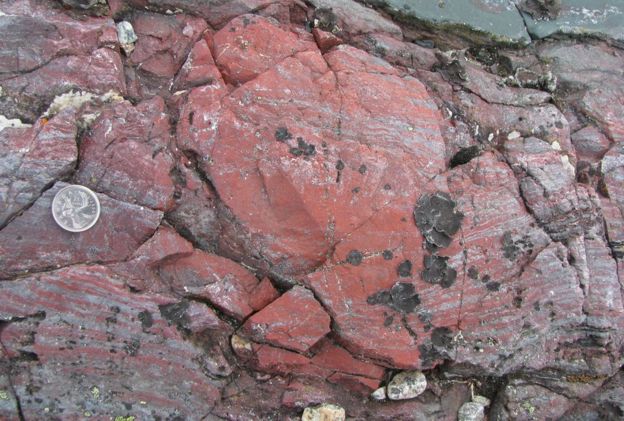
All you need to know about the oldest fossils on Earth
Finally, the scientists have recently found out some oldest fossils of living organisms on Earth which roughly dates back to 4 billion years ago. Suprised? But true.
According to the Canadian scientists, these microorganisms existed about 4.3 million years ago. This fact makes the point evident that these organisms came into existence on Earth, a little time after the formation of Earth. Now, this new research changes everything. What was supposed to be known as oldest fossils so far are ruled out, and this new research will be carried forward as the new oldest fossils discovered so far. The researchers have reported their investigation and all research studies in the journal Nature. All such claims about ancient life, the study is contentious. But the team believes it can answer any doubts.
With all such different claims about ancient life on Earth, the study is getting more and more complicated. But the team firmly believes it can answer any doubts that whatsoever existed so far. The scientists have discovered some putative microbes from Quebec which are one-tenth the width of a human hair. It contains some significant quantities of hematite – a form of the iron oxide or “rust” which we find in general as Fe.
Matthew Dodd, who analyzed all these different structures at University College London, UK, claimed that the discovery would shed new light on the origins of life on earth and these oldest fossils, discovered recently is the beginning of a new theory which will soon come into existence.
What have scientists found so far?
A group of Scientists from Canada have discovered some extraordinary remains of microorganisms that roughly dates between 3.8 and 4.3 billion years old. Hence this provide the direct evidence of one of the oldest life forms on the Earth. Oldest fossils found so far is the new beginning of some wonderful upcoming theories.
The tiny filaments and tubes that are formed by bacteria actually lived on the iron surface. They were found encased in quartz layers in the Nuvvuagittuq Supracrustal Belt (NSB) in Quebec, Canada. These regions contain some of the oldest sedimentary rocks ever known on the Earth. It likely formed part of an iron-rich deep-sea hydrothermal vent system that provided a habitat for Earth’s first life forms which existed between 3,770 and 4,300 million years ago. These data were provided by the scientists who are working on this research project.
In an open interview with the scientists, Dr. Mathew Dodd informed, “Our discovery supports the idea that life emerged from hot, seafloor vents shortly after planet Earth formed. This speedy appearance of life on Earth fits with other evidence of recently discovered 3,700 million year old sedimentary mounds that were shaped by microorganisms. These discoveries demonstrate life developed on Earth at a time when Mars and Earth had liquid water at their surfaces, posing exciting questions for extra-terrestrial life.”
Keeping all these data and information in mind, it becomes quite evident that these research can find out how life came into existence on Earth. These oldest fossils are hence the key source to dig up more on these researches.


